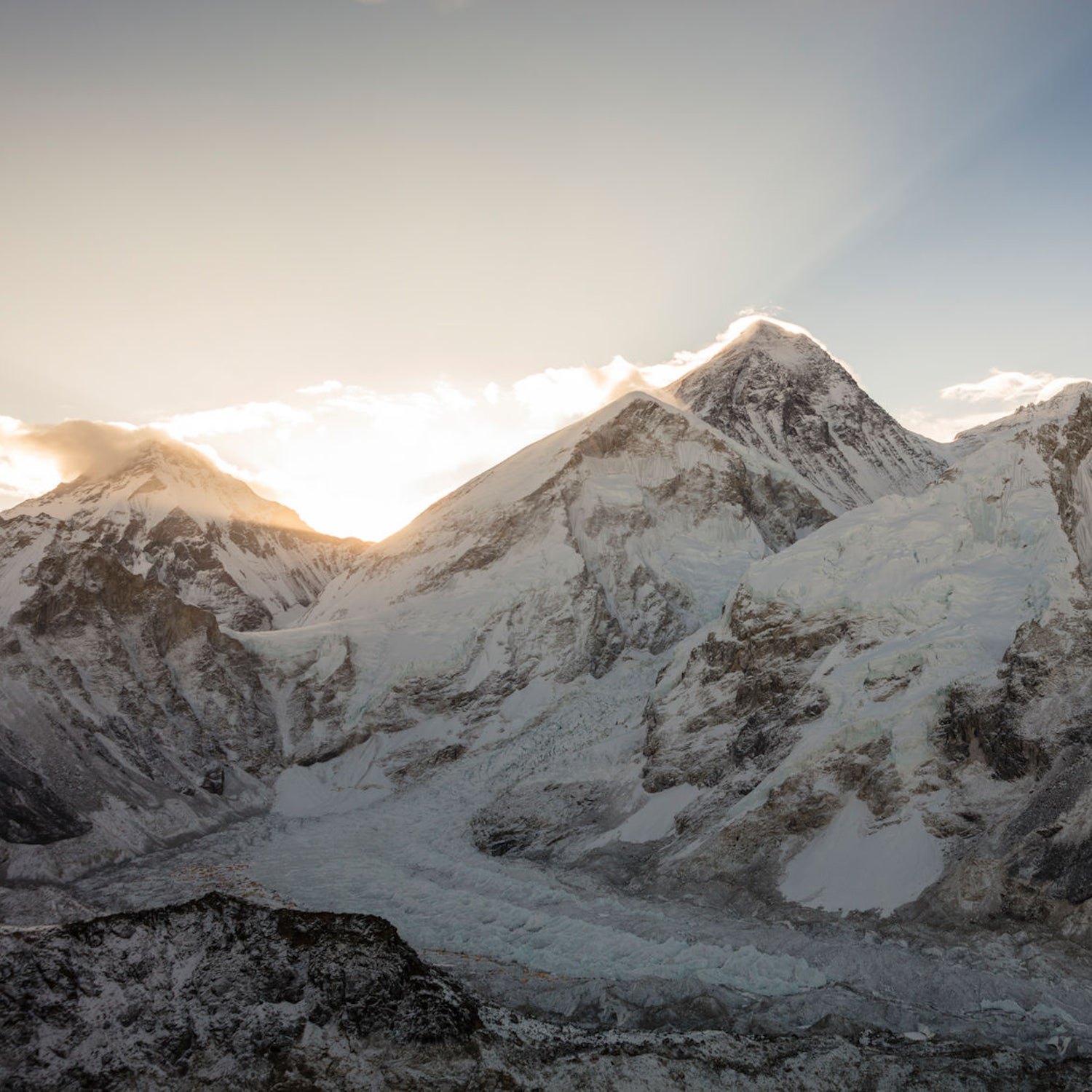On Monday, a second American died on Everest, bringing this season’s death toll to 11. Boulder, Colorado, attorney Chris Kulish, 62, died after summiting the 29,029-foot mountain. Kulish was an experienced mountaineer who had completed the Seven Summits and many of Colorado’s 14,000-foot peaks.
He was climbing with the U.S. company Climbing the Seven Summits. The team, which consisted of four paying clients, three guides, and nine Sherpas,��summited in excellent weather and was the only group to climb that day from the Nepal side.
Kulish is reported to have collapsed near the South Col a few hours after summiting. The cause of death has not been determined. The family issued a statement:
“We are heartbroken at this news. Chris, who turned 62 in April, went up with a very small group in nearly ideal weather after the crowds of last week had cleared Everest. He saw his last sunrise from the highest peak on Earth. At that instant, he became a member of the 7Summit Club having scaled the highest peak on each continent. An attorney in his day job, he was an inveterate climber of peaks in Colorado, the West, and the world over. He passed away doing what he loved, after returning to the next camp below the peak. He leaves his mother, Betty ‘Timmie’��Kulish, a younger sister, Claudia, and a younger brother, Mark.”
Last week and through the weekend, seven died on the world’s highest mountain. These 11 deaths make the 2019 season Everest’s fourth-deadliest, tying with 2006 and 1982. The most deaths ever on Everest occurred in 2015, when a deadly 7.8 magnitude earthquake triggered an avalanche
This year, 381 permits��were issued, the most in history. When a weather window opened during May 21, 22, and 23, hundreds of��permitted climbers and Sherpa support were scheduled to push for the summit. The rush��created a bottleneck on the way to the Hillary Step and the summit, as seen in Nirmal Purja’s now-infamous viral photograph. A similar situation happened��in 2012, which I wrote about in my predictions for this season.
Crowds, while not the only reason people die on Everest, slow a climber’s pace and thus increase their fatigue and use of oxygen. Some of these climbers who died spent 10 to 12 hours to get to the summit and four to six hours to get back down to the South Col. In other words, a 14- to 18-hour day in some of the world’s most inhospitable terrain. It’s rare to carry oxygen for that much time, thus forcing the Sherpas to turn down the flow or give up their own personal supply. Either way, it’s not a good situation, and it often turns deadly.


